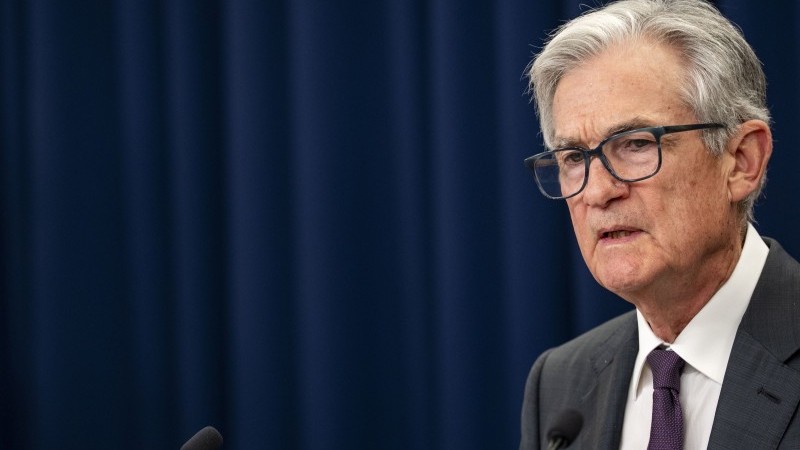The dollar continued to appreciate in line with our call, as GDP data came in stronger than expected and the Fed gave no hints of bending to Trump’s pressure.
While the FOMC acknowledged the economy is slowing and two members – Bowman and Waller – voted (as expected) for a cut, Chair Powell’s press conference was hawkish. He reiterated expectations for a short-lived inflationary impact and said a modestly restrictive policy was appropriate. He seemed to put himself on a collision course with President Trump by claiming the Fed was looking through inflation by not hiking. The result has been a selloff in front-end Treasuries, with market pricing for September falling from 16bp to 11bp. The dollar extended its rally.
Whilst tempting, we are not calling for the end of this dollar run just yet, primarily because today’s core PCE and tomorrow’s jobs figures (Powell stressed the importance of the unemployment rate yesterday) can lead to even further hawkish repricing in the USD curve, keeping the dollar bid.
Based on the core PCE deflator QoQ annualised rate of 2.54% in yesterday’s GDP report, assuming no change to the history (0.14% MoM in April and 0.18% MoM in May), today’s June core PCE deflator should be 0.46%MoM, well above the 0.3% MoM consensus forecast. There is a tangible risk that revisions still result in a 0.3% MoM print today, but risks are clearly on the upside. Another data point worth noting is jobless claims, which have recently caught our attention after an unexpected six-week streak of declines. That’s the longest run since August-September 2022, and may be contributing to expectations of a resilient labour market.
Elsewhere, the Bank of Japan held its policy rate steady at 0.5%, but surprised markets by sharply raising its inflation forecast for FY2025 to 2.7%, up from 2.2%. This hawkish tilt signals growing confidence in sustained price pressures, especially from food costs, and hints at a potential rate hike on the horizon. However, policymakers also flagged concerns about a possible economic slowdown, suggesting any tightening will remain cautious and data-dependent.
Francesco Pesole

